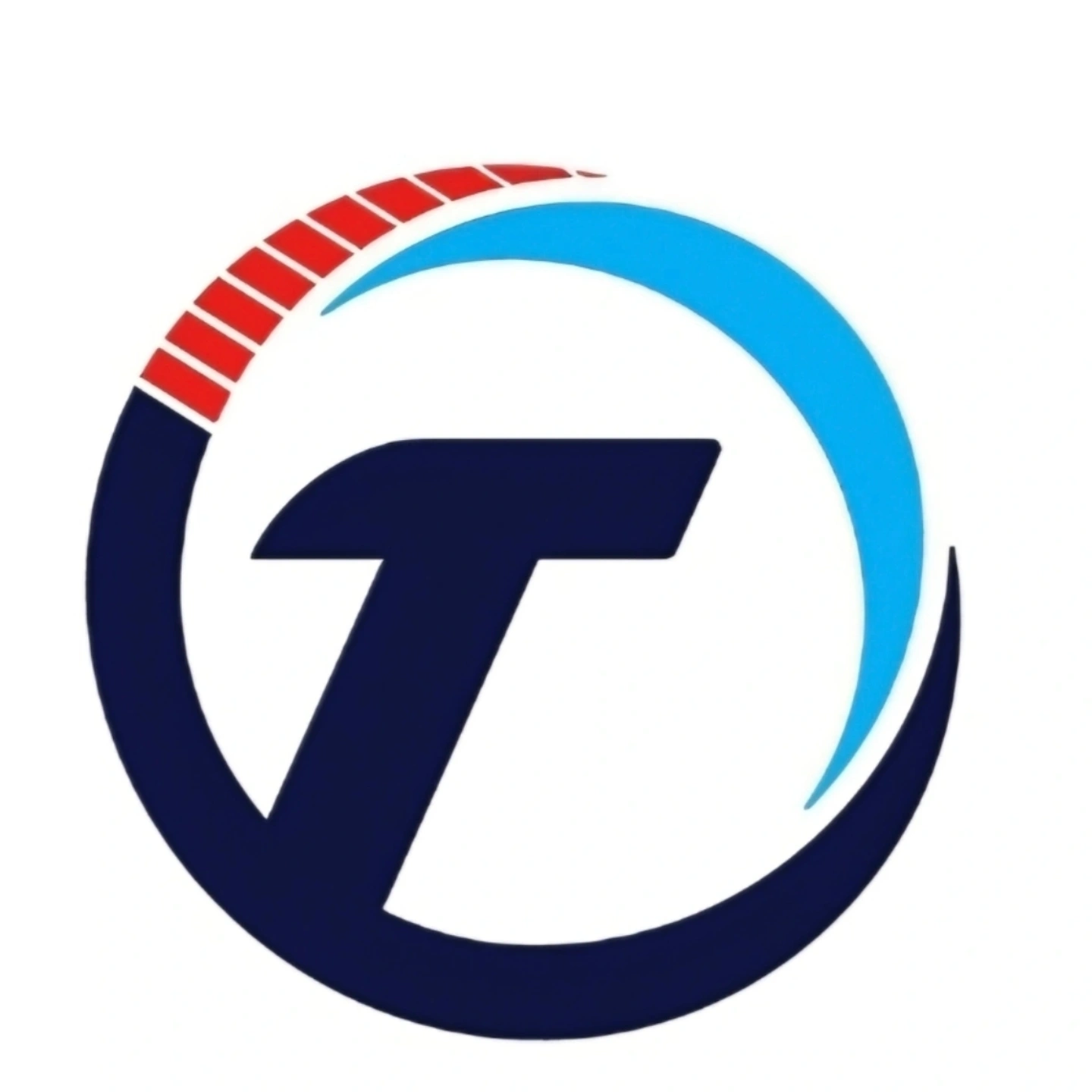
Embracing VRF Technology: The Future of HVAC Systems
- Thermochill HVAC
- May 10
- 3 min read
Updated: May 22
Understanding Variable Refrigerant Flow (VRF) Systems
In today’s fast-paced world, energy efficiency, comfort, and adaptability are top priorities when it comes to heating and cooling systems. Variable Refrigerant Flow (VRF) technology is revolutionizing the HVAC industry. It offers superior performance compared to traditional systems. Whether for commercial buildings, multi-family homes, or high-end residential applications, VRF strives to provide a smarter, more flexible approach to climate control.
What is VRF Technology?
VRF stands for Variable Refrigerant Flow. It is an advanced HVAC technology that uses refrigerant as the cooling and heating medium. The system consists of one or more outdoor units connected to multiple indoor units through refrigerant piping. Unlike traditional systems that merely turn on and off to maintain temperature, VRF systems continuously adjust the flow of refrigerant based on demand. This feature allows them to offer precise temperature control.
Types of VRF Systems
There are two primary types of VRF systems:
Heat Pump VRF – This system offers either cooling or heating to all zones of the building.
Heat Recovery VRF – This allows simultaneous heating and cooling in different zones, making it ideal for buildings with varying climate needs.
Advantages of VRF Systems Over Traditional HVAC
1. Energy Efficiency
VRF systems operate only at the capacity needed, which significantly reduces energy waste. Traditional HVAC systems often run at full capacity regardless of demand. This leads to higher energy bills. VRF’s inverter-driven compressors adjust speed precisely, resulting in marked energy savings.
2. Zoned Comfort
Each indoor unit in a VRF system can be controlled independently. Occupants in different rooms or areas can set their preferred temperatures without affecting others. This feature is not possible with central forced-air systems.
3. Flexible Design
VRF systems are modular and scalable, making them suitable for a range of installation scenarios. They can be installed in tight urban spaces, historic buildings, or large commercial properties without major structural changes. The compact refrigerant lines also reduce the need for bulky ductwork.
4. Quiet Operation
Indoor and outdoor VRF units are designed to be ultra-quiet. The absence of large air handlers and the use of variable speed operation minimize noise. This makes VRF ideal for hotels, offices, and residential properties.
5. Reduced Installation Costs and Maintenance
VRF systems require less ductwork and can be installed in stages, often resulting in lower installation costs. Maintenance is also simplified due to system diagnostics and the ability to isolate issues to specific zones or components.
6. Heat Recovery Capability
In heat recovery systems, energy from cooling one zone can be reused to heat another. This process improves overall system efficiency and is a game-changer for buildings with diverse comfort needs.
Why Choose VRF Technology?
As building owners and developers prioritize energy savings and occupant comfort, VRF technology is quickly becoming the preferred choice. While the initial costs may be higher than conventional HVAC systems, the long-term benefits make it worthwhile. The energy savings and improved occupant satisfaction often justify the investment.
At ThermoChill HVACR, we specialize in designing and installing VRF systems from leading manufacturers like Mitsubishi, Daikin, and LG. Our team understands the importance of advanced technology in HVAC systems. Whether you’re upgrading a commercial building or seeking to enhance your property’s efficiency, we can help you make the switch to VRF technology.
Ready to Upgrade Your HVAC System?
If you're looking to future-proof your HVAC system, now is the perfect time to make a change. Contact us today for a consultation. Our experts are here to assist you in finding the best solution for your heating and cooling needs.
Embrace the future of HVAC with VRF technology—it’s an investment in energy efficiency and comfort that will pay off for years to come.



Comments